Gestufte Stadt im griinen Reifstock
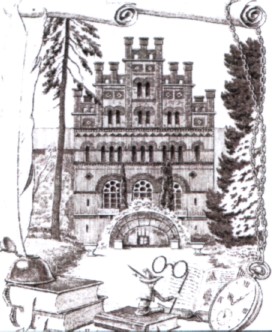
Der Amsel unverfalschtes
Vokabular Der Spiegelkarpfen In
Pfeffer versulzt Bchwieg in fiinf
Sprachen…
The words written by German poetess Rosa Auslander who was born in Chernivtsi began the story about our city.
A walk through Chernivtsi – a picturesque city on the Prut – lifts up the veil of the ancient history of its streets, buildings, and parks. Unique and imposing architectural ensembles, the embellishment and pride of the city, fascinate with their enigmas and high art of the builders. So, let us take a walk through the streets of today and listen carefully to the echo of the past which interlaced various cultures, architectural styles, and ethnic and religious traditions of different ages. This city excites, invites, and enchants.
Let’s have a walk along charming streets of modern and old Chernivtsi, where “Sunday started with Schubert and ended with a duel, where the best singers sang and the draymen talked about Carl Kraus, where the pavements were swept with roses, and where there were more bookstores than coffee – shops.
Chernivtsi was a town of permanent intellectual discussions, which started with a new theory of aesthetic early in the morning and to the end of the day it was completely rejected.
It was the town where the dogs were named after Olympic gods and where the hens picked out Helderlin’s poetry.
Chernivtsi was a ship of joins with the Ukrainian community, German officers and Jewish passengers on board which headed both to the west and south under the flag of Austria.”
Our city has always been famous for its hospitality that is symbolized by open gates on its coat of arms.
The city reward visitors with its attraction, charm and memorable impressions. Numerous monuments of architecture, culture and nature can be of great interest for us.
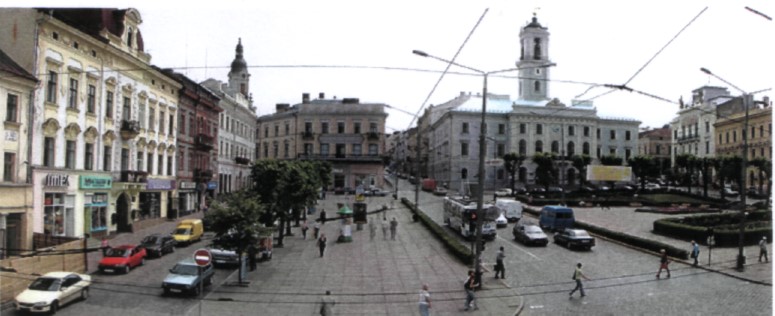
If you happen to be at the Central Plaza of the city Chernivtsi, you will see that seven streets branch off of it. It’s interesting to know that seven patches of land had to be bought from private owners in order to create the Plaza.
You would
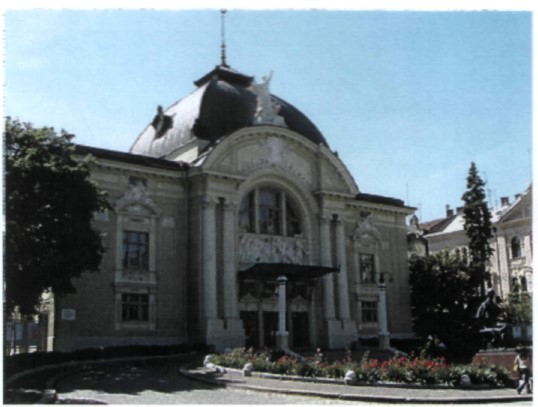
probably be told that there used to be seven hotels around the plaza and that seven countries displayed their flags from the spire of the city hall. Seven different monuments and emblems were located there at different times. The building that stands at the corner of the central Plaza and Russka Street has seven different bas-relief pictures under the windows of its third floor. The central Plaza and the whole city of Chernivtsi are located in the seven – point seismic zone and for about seven months we have a warm season without snow.
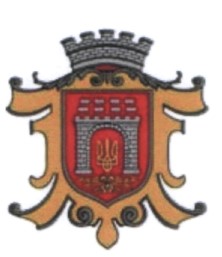
The theatre of Chernivtsi is a kind of monument for its cultured inhabitants. Surrounded by noisy streets it looks like a ship in the stormy sea. ” A theatre of Chernivtsi is a dream made of velvet and gold, designed by the Viennese architects Helmer and Feller…” If you exit through the door of the door of the Roman Catholic cathedral that houses seven altars and look to the North, you will see a strange ship- like building. This is tile symbol of Chernivtsi. Many times our city has been compared to a ship on board of which amidst the waves of everyday life sail people of different nationalities and diverse religions. They travel together, always peaceful, agreeable and understanding. That’s why Chernivtsi is a miniature Europe; it’s the dream of Europe. Our peaceful city is a ship, the emblem of which has always contained a wide – open gate that is the link between East and West and the expression of the idea of tolerance.
Sadgora
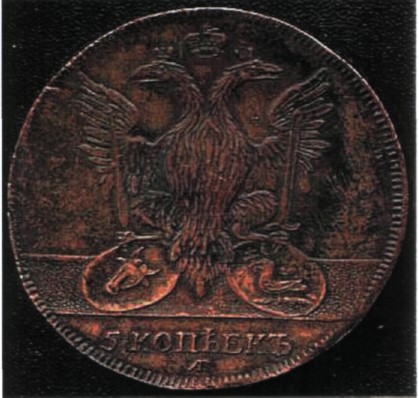
The bright example of various multiculturalism, tolerance and mutual respect of various nationalities and religions is Sadgora. “Poetical mount where your imagination can become true through the air castles and clouds” as France Vikkenhauzer said.
The history of Sadgora is connected with the foundation of the mint which minted coins for Moldavia and Valahia during the war between Russia and Turkey from 1769 to 1774.
The mint and the settlement was founded by the baron and the keeper Peter Nicolas Hartenberg – Sadagurski the Polish king’s citizen in 1771. The mint made brassy coins, silver medals and casted bells.
The settlement has become Sadagura at ones, which takes its beginning from the part of the baron’s surname.
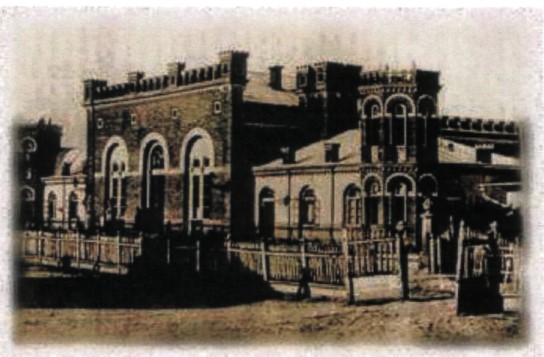
The sweeping development of Sadagura began after the admission of the statute, where Sadagura became the commercial and trading settlement. In the middle of the 19th century Chernivtsi became the political and administrative centre of Bukovina and Sadagura was the centre of the judicial district with the population of five thousand inhabitants ( mostly Jews ).
The architectural monuments, the main part of which is connected with the activity of the religious communities, tell us about the past of Sadagura. The Jewish Hassid community was the biggest one and left some historical buildings, one of them is Synagogue.
The adornment of Austrian Sadagura was the palace of barons Mustyatz the owners of the settlement.
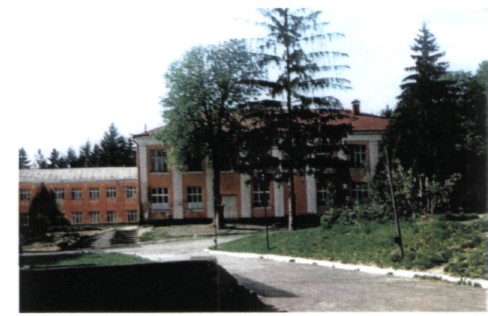
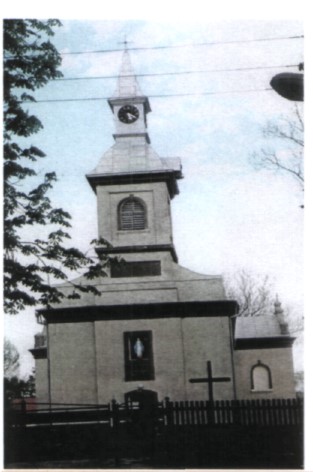
The Christian communities ( Catholics, Greek-Catholics and Orthodoxy ) had their own buildings, which were reconstructed and are used for their assignation nowadays.
Since 1946 the settlement Sadagura has got the name Sadgora. And in 1964 Sadgora was joined to Cheraivtsi as one of the city district.
Our school is situated not only in the centre of the district, but in the surrounding of the unique historical monuments of architecture and religion. Construction of religious buildings incarnated traditions of architecture of the past.
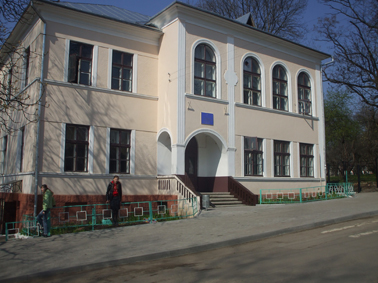
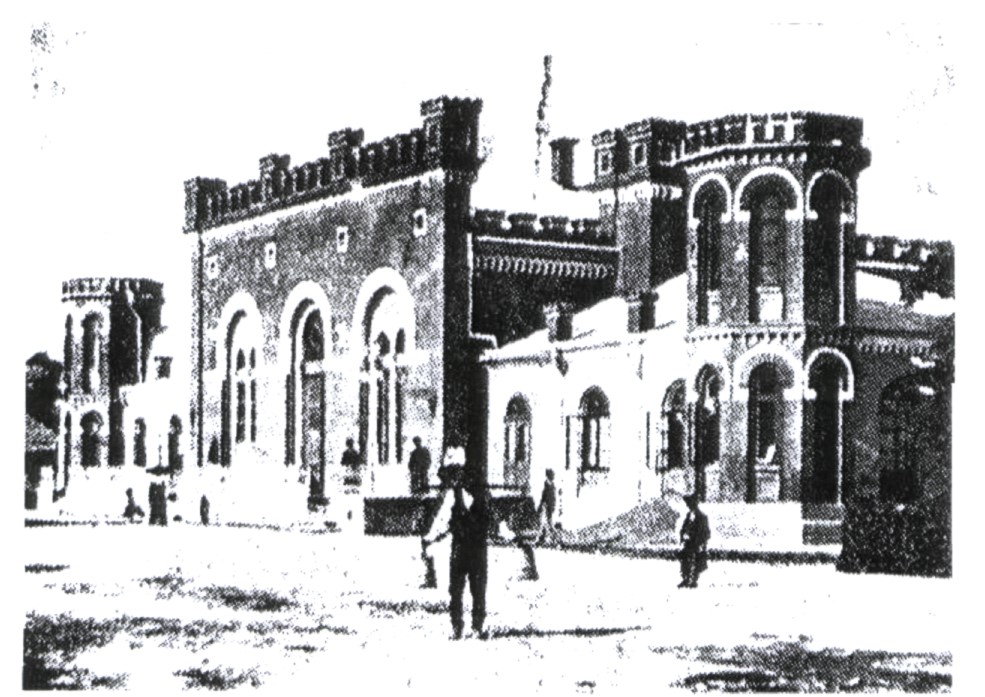
An important centre of religious life of the Jewish community of Chernivtsi was Sadgora the ” Jewish Vatican” of the 19th – the first half of the 20th century. Synagogues and Palace of Chassid Tsadyk (Rabbi) stayed here. The head of this dynasty was Rabbi Israel Friedmann of Ruzhin (1796-1850), the great grandson of Rabbi Dov Baer, the Maggid [preacher] from Mezhirech. Rabbi Israel was persecuted by the Russian authorities and incarcerated in a Kiev prison, from which his Hasidic followers released him and brought him to Moldavia and then to Cernauti, the capital of the Bukovina. In the beginning, the rabbi thought about settling in Cernauti, however the maskilim of the city obstructed his intentions. In contrast, Baron Mustatza, owner of estates within the boundaries of Sadagura, proposed that he settle in Sadagura.
The governor of the Bukovina province, Isacescul, also supported this. Russia wanted to extradite Rabbi Israel, however the Austrian government, at the head of which stood Metternich, refused the extradition on the grounds that Russia had not specified the crime for which he was accused. This refusal came after efforts by a number of Galician and Viennese rabbis on behalf of Rabbi Israel. Initially, however, the Austrian authorities tried to convince Rabbi Israel to settle in Galicia, and only after four years of negotiations, in 1842, did Rabbi Israel receive the right to settle in Sadagura.
In that same year, Rabbi Israel had already built a luxurious mansion in the town, and in 1850, he added a number of buildings on the grounds for his sons. Life in the admor’s court was distinguished by luxury and splendor. He had a magnificent carriage at his disposal, harnessed to four horses. The admor wore festive attire.
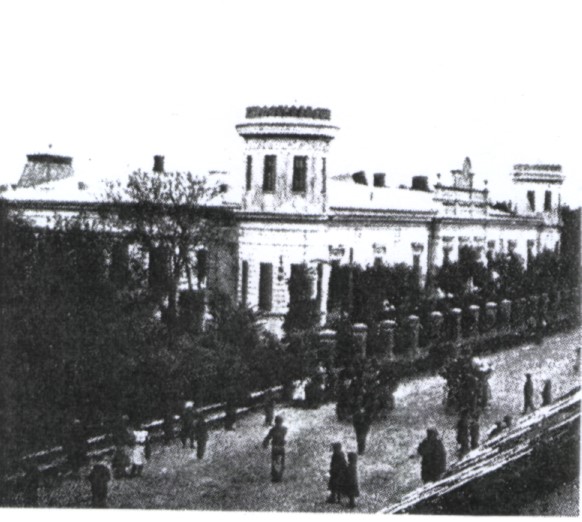
The mansion’s orchestra played before the Hasidim at Purim, and in the evenings following Yom Kippur and Simchat Torah. The synagogue on the grounds was large enough to accommodate 1,000 worshippers. Its ceiling was inlaid with precious stones, and a large crystal lamp illuminated the place. The admor even had an adjacent room in which he prayed by himself, and only on rare occasions did he appear among the worshippers. Around the admor’s court, many hostels were built where the Hasidic followers who had come from far away would lodge. On sabbath days and festivals, they would dine at the table of the zaddik [lit. righteous one] in a large hall which had room for 1,000 diners. Rumors spread among the people that the zaddik intended to build a temple according to the plan of the temple in Jerusalem, and that the admor would show himself to be the king of messiahs.
Thousands of Hasidic followers arrived in Sadagura from Podolia, Galicia, and Moldavia. Christians, too, as well as Polish and Russian aristocrats sought him out and requested his advice and blessings. Other admors, heads of other Hasidic groups of the time, also saw him as a leader. Because of him, in the eyes of the Hasidim, Sadagura was regarded as a “Holy City.”
Rabbi Israel worked for the good of the Jews in all fields, those in the Diaspora and those in Eretz Yisrael. In 1814, he approached Sir Moses Montefiore to intervene on behalf of the Jews in Czarist Russia. Rabbi Israel regularly collected large sums of money for the Jewish settlement in Palestine and served as the “President General of Russia and Volhynia” in Palestine. Once a year, the General Manager in Palestine would visit Sadagura to serve him his accounts. In 1843, Rabbi Israel ordered that a plot close to the Western Wall be purchased, on which the Russians were about to construct a church. Rabbi Israel managed to preempt purchasing the plot, and the synagogue, “Tiferet Yisrael,” was built there in memory of Rabbi Nisan Bak, one of the important Hasidic leaders in Jerusalem. Rabbi Israel of Ruzhin passed away in 1850, at the age of 54.
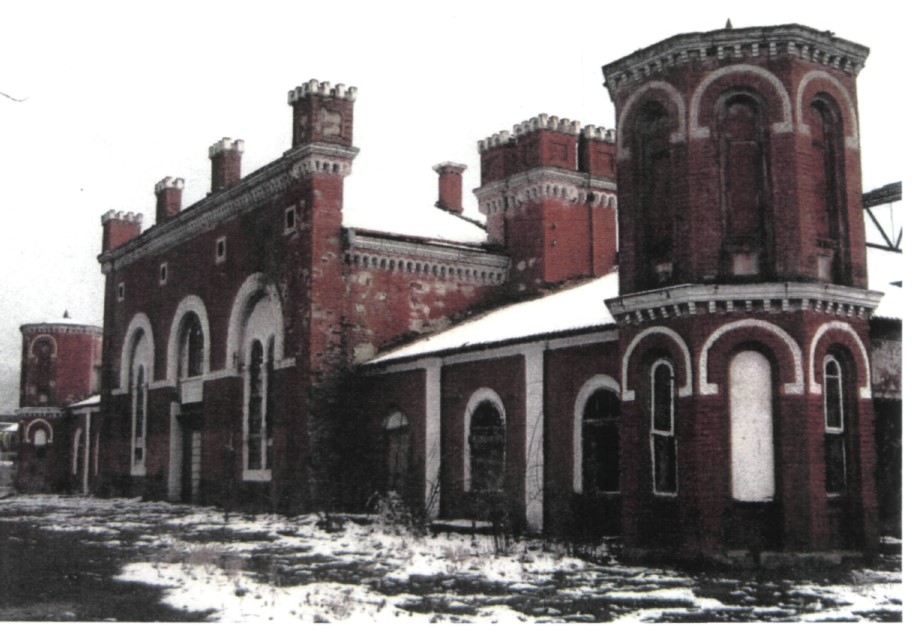
Unfortunately only the ruins of thatlace survived. Sadgora is often visited by Chassid -Jews from the USA, Israel and other countries.
There is some information about that fact that Joseph Hlavka was the architector of Synagogue in Sadgora. Sadgora is famous not only for Synagogue but also for the wonderful Christian Churches.
There is a church in our city which is already over two hundred years old. It is located in the P.-Toliatti-street, 8. The temple carries the name of Saint Spiridon, who is honoured on the 25th of December. The old-timers told that exactly on this day, on the 25 of December that church had appeared on the very place, where it is now.
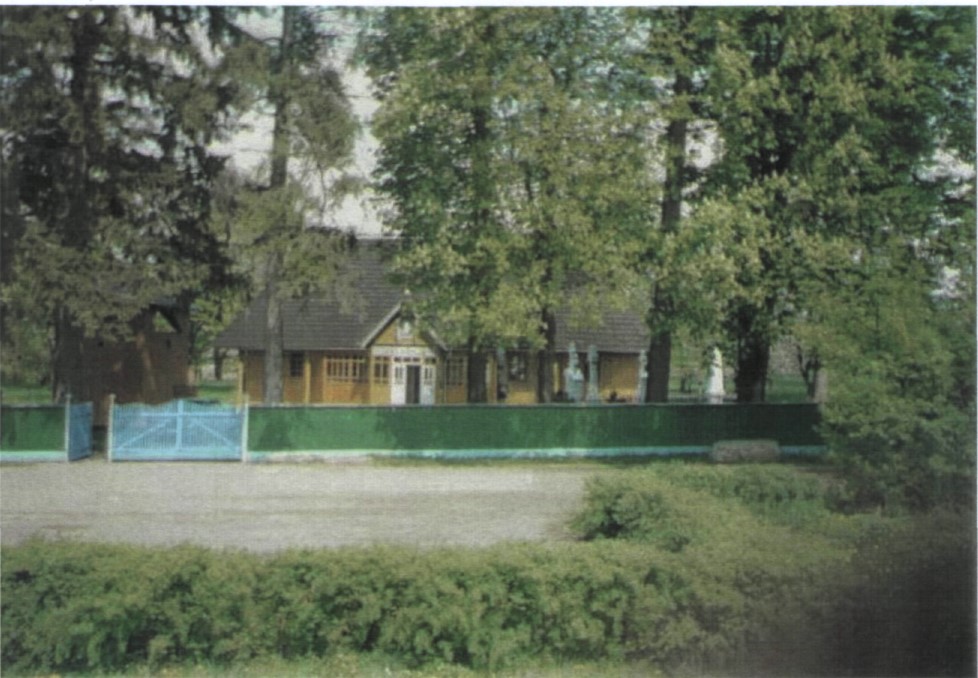
(Saint Spiridon’s church, 1999)
Meeting the old-timers the most frequently we had to hear the legend that the church had been brought by water to this place.
And in one of newspaper publications we have read that a small wooden temple named “KHJoiBCbica” (“duke’s”) church stood near the modern Sagaydachnoho-street. It was built and prepared on costs of the owner of Moldavian principality Nick Mavrokordata in 1715.
During research we had luck to meet a very interesting man, the honoured master of the folk art of Ukraine Petro Ivanovych Chervenyuk who lives in the P.-Toliatti-street, 15.
He told that the church was built from a linden wood; all domes were also expounded from the one. And the linden wood is very light and buildings from it can be easily moved from one place to the other. Consequently, the church on this place is standing from 1782.
The walls of the temple are built after the frame method: horizontally expounded logs, connected on corners cuts. Little windows were visible sides.
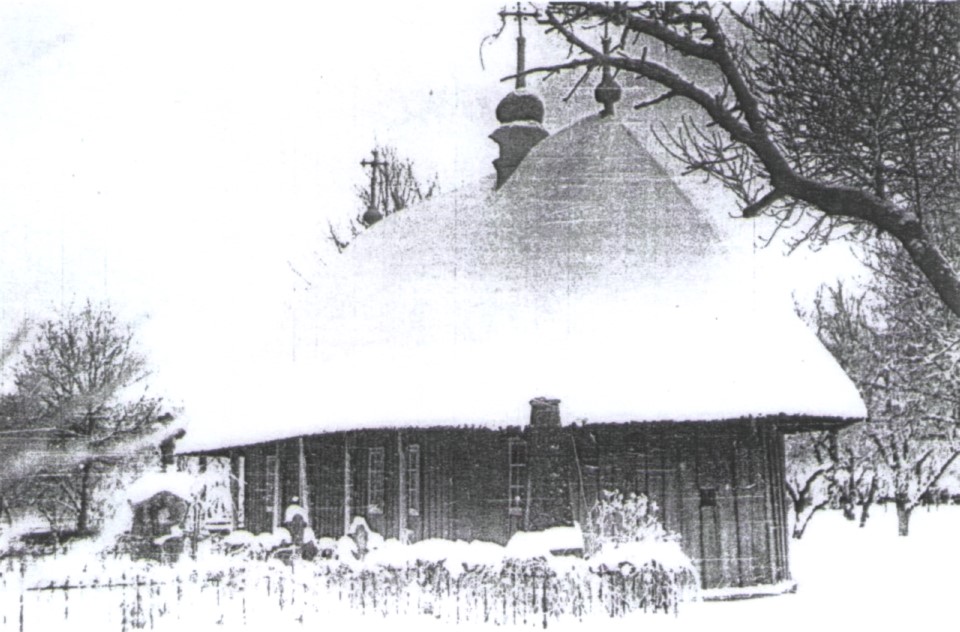
(Saint Spiridon ‘s church, 1975)
But at the beginning of the nineties the walls were covered during the reconstruction with plates. Windows were changed. Only on lateral walls the windows remained such as they were before the reconstruction.
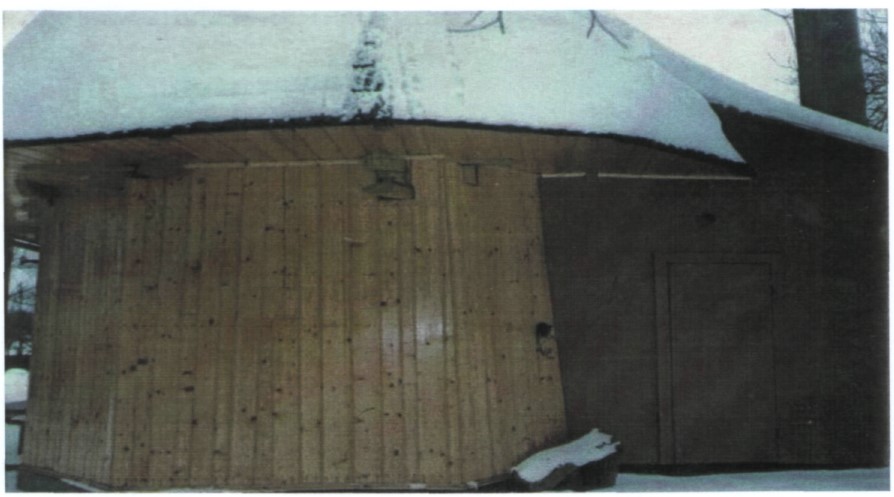
(The modern view of the church sides)
Around the temple there are greenery plants: trees are over 100 years old. Behind the temple and the right side there are crosses, burial places. On some crosses the emblem from the times of the Austrian empire is represented. On some crosses there are inscriptions which did not succeed to be read.
On the left side of the temple there is the bell tower. As Petro Ivanovych Chervenyuk told us, near the church there was the bell tower. But in our time it was repeatedly reconstructed.
There are no any old printings in the church. The old-timers tell that in the soviet times when the church was closed, unknown people arrived and carried out many things from it. But what exactly nobody knows as local people were not present there. Without regard to the fact that in the soviet times the church was inactive the people guarded it. And 1989 it was opened anew and operettas to this day. The local habitants at the head with the abbot of the temple Vasyl Manndryuk doevervthine nossible to save it for descendants.
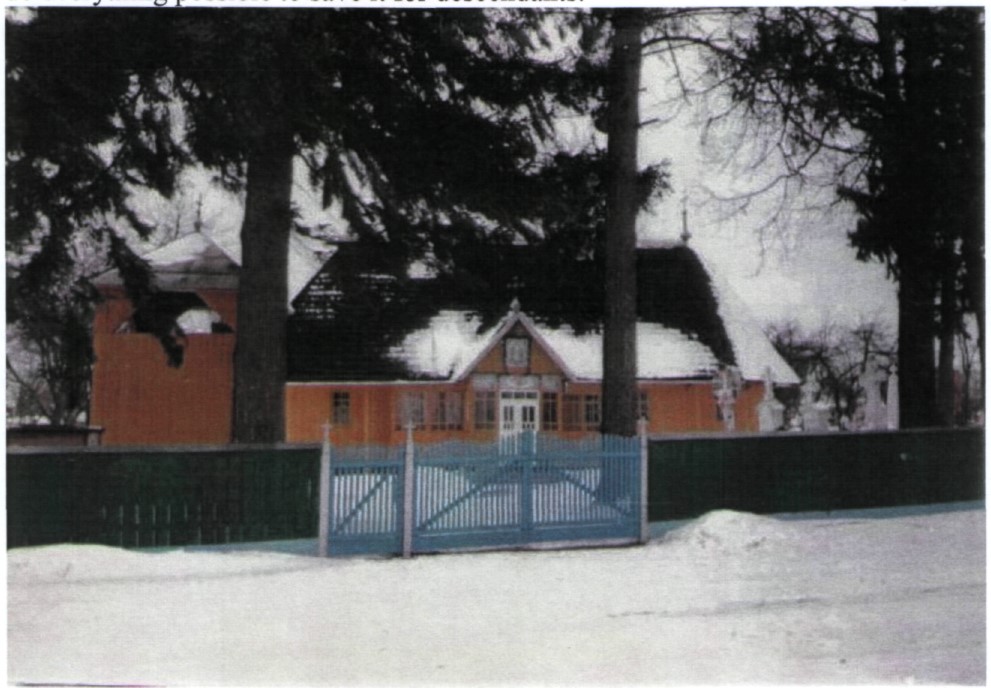
(The modern view of the church)
The Saint Mychail’s catholic Cathedral is situated not far from our school. This temple serves as the sample of unique and beautiful architecture not only for Sadgora district but for Chernivtsi City, too.
Hospitality of the citizens of Chernivtsy creates cozy atmosphere and acquaintance and participation in local traditions and arts enterprises will create an unforgettable impression of the visitors of our city.
After all, the Chernivtsi gates are always friendly open for you.
Every person likes its native places. The citizens of Chernivtsi like their city most of all.
If you want to please them never compare it with other places. Maybe, it is smaller than the other ones, maybe the streets are narrower here but it has a lot of beauty.
Its past is glorious and its future will gain more glory. But wherever you are you always come back here in mind to your both ancient and young Chernivtsi.
Warm wind shakes the branches of trees, birds always come back home.
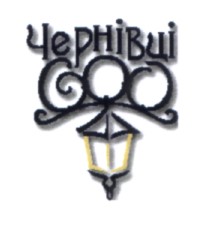
Sadgora
The ancient time remembers fact
As Sadgora was born
So magic, charming and unique
It met it’s very dawn
Every time I come out
On the old Cossack’s hills
When the stars on the sky bright in glee
See, Mezhylivka gleaming bellow on the right
And Rogizna is laughing beneath
Many years has come
And much water has flew
But forever you are in my heart Kind and merry Sadgorian people We shall never on Earth get apart.